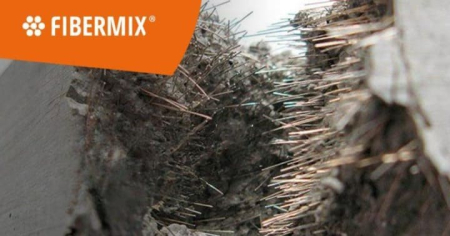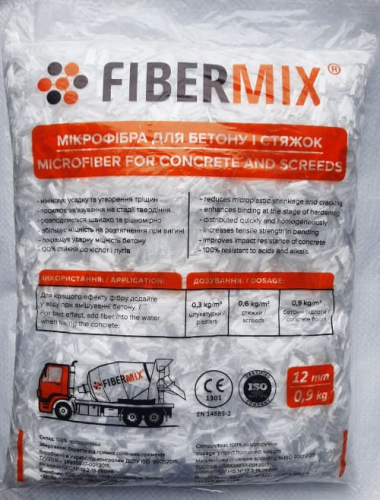
Comparison of basalt and polypropylene fibers
When using microfibers for dispersed reinforcement, it should be understood what task is posed to this material. In the construction industry in Europe and the USA, it is generally accepted that microfibers serve solely to reduce cracking during plastic shrinkage and the crackle effect. The addition of fibers in amounts higher than 1.0-1.5 kg leads to minor improvements in terms of compression and bending under tension and does not have economic feasibility. The exception is polypropylene fibers, in amounts of 2.0-2.5 kg / m3 of concrete, which perform the work of significantly reducing the “shot” and explosion of concrete in case of fire.
It is well known that when dispersed reinforcement of concrete is saturated, that is, reinforced – the volume of concrete itself.
Here is a simple math:
the proportion of basalt fiber is 2.7-2.8, polypropylene fiber – 0.91. That is, with the same fiber diameter and length, in order to reinforce the concrete volume of basalt fiber, it is necessary 3 (three) times more. At the same time, it is worth considering the economic feasibility of such reinforcement.
As of fall 2019, 1 kg of polypropylene fibers costs about 70 UAH, and Basalt – about 100 UAH / kg
Also in Europe and the USA it is generally accepted that basalt fiber , which is the “glass phase” of a stone, while in an alkaline environment of concrete, corrodes, since basalt itself is chemically unstable in an alkaline environment. At the same time, losing its strength (as a result of corrosion), it bursts under shock loads. Indirect evidence of the low use of basalt fibers in relation to polypropylene fibers is the actual market indicators in the USA and Europe: basalt fibers in building fibers occupy less than 20% of the market. (Data from Trade.su “Market Overview of Continuous Basalt Fiber Reinforcing Products and Materials in Europe and the USA 2013-2014”)
When pouring thin upper layers of concrete poured onto a prepared foundation, the goal is to strengthen this concrete , make it homogeneous (homogeneous) and strengthen internal cement-sand bonds in it, the improvement of which is achieved by using 0.6-0.9-1.5 kg / m3 polypropylene fibers. Confirmation of this fact is the use of polypropylene fibers, for more than 30 years, in thin and ultra-thin concrete coatings (50-80mm), which are used in the United States as the top layer of asphalt roads laid over asphalt.
When selecting concrete mix for Tehenergotrade sites in 2013, the tender involved, including basalt fibers, along with polypropylene fibers. As a result of 2 months of work on the selection of the optimal composition of the mixture, a choice was made in favor of polypropylene fibers. With polypropylene fibers of our production, more than 150 thousand m2 are already flooded on this site. Concrete survived frosts on the soil more than 20 °, while no defects were observed, with multiple cycles of freezing and thawing.
Recommended products
 |  |
| Armotec Fibre | Fibermix Microfiber |